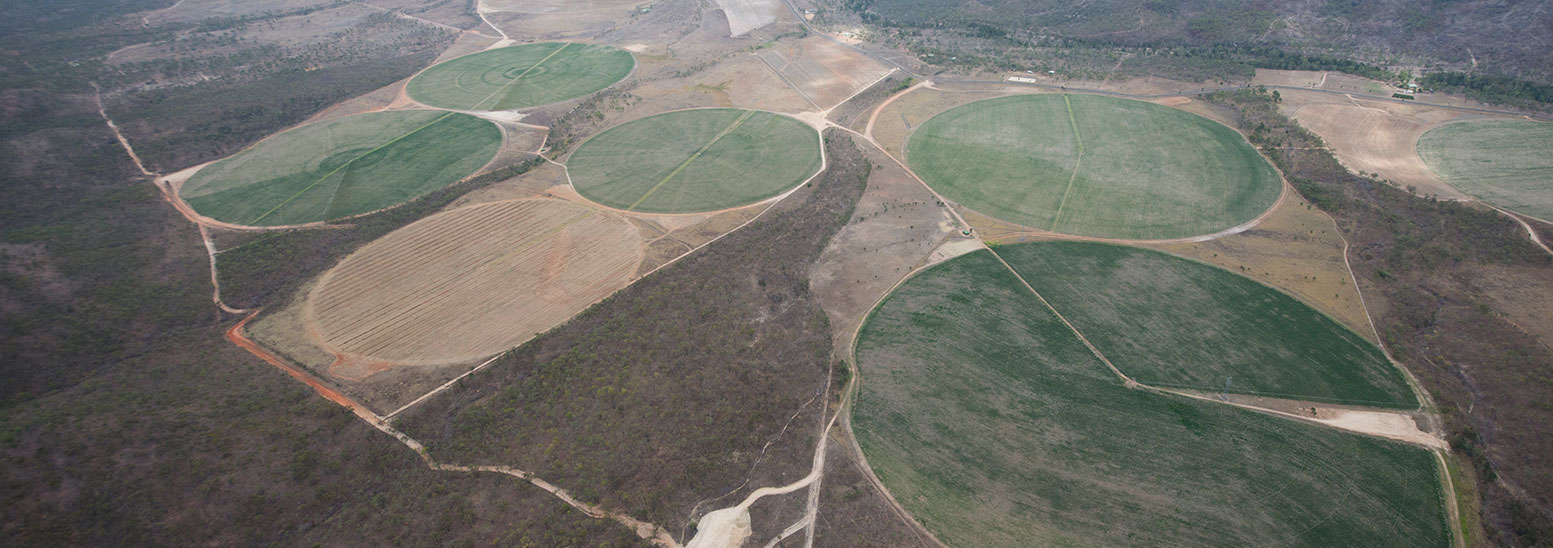MEDIA RELEASE
Tuesday 20 February 2018
CONFUSION AROUND NULLINGA DAM UNDERMINES BUSINESS CONFIDENCE
The findings of a Preliminary Business Case for the proposed Nullinga Dam project have raised validity concerns and caused confusion in the community following its release on Friday (16 February) by Building Queensland.
However, while it’s been widely reported that the Nullinga Dam project is off the table, a brief ‘note’ on page 2 of the 324 page report includes a statement that brings positive news to MSF Sugar and its grower-suppliers – a commitment from the Queensland Government to progress the project to full business case:
Since the completion of the PBC, parties interested in sourcing bulk water supply from the potential Nullinga Dam have provided further details of proposed future demand to Building Queensland.
The Queensland Government determined that the new information addresses the triggers identified in the PBC to proceed to a detailed business case under Building Queensland’s Business Case Development Framework with a focus on supply for agricultural use in the region.
The ‘note’, included as a late addition to the report, is in stark contrast to the main findings communicated by Building Queensland through its 28 page Executive Summary, in which the clear recommendation is to not proceed with Nullinga Dam.
While the Queensland Government’s commitment to the business case is positive news, the contradictory messages coming from the preliminary report are cause for concern as they have not been openly communicated to industry, leading to confusion within key stakeholder groups.
As stated by MSF Sugar’s CEO Mike Barry, “The mixed messages currently being sent by Building Queensland are very confusing and ultimately destabilising for long-term investors in the region like MSF Sugar.
“The Government should have a long term vision for the region that includes budgeted investment in water infrastructure, and once this vision is in place they should stick to it.
“As a key potential customer of the proposed Nullinga Dam, it is disappointing to learn of the project’s preliminary findings through local media reports, and to then learn that the preliminary findings were released without taking into account our offtake.
“None of the current messaging or lack of communication with us makes sense given that we have been very vocal about our support for this project”.
Confusion regarding the findings of the preliminary report stem from the lack of consideration given within the report to key information supplied by MSF Sugar during industry consultation.
In particular, page 4 of the Executive Summary refers to “limited certainty of information in relation to Nullinga Dam for agricultural use”, a finding that is backed by the statement that “wider industry consultation has identified a conservative estimate of potential demand of 72,000ML of water within the next 30 years”.
According to MSF Sugar’s General Manager Agriculture Trevor Crook, this statement calls into question the validity of the report as it fails to incorporate information submitted to Building Queensland that outlines the company’s expected demand for water.
“During the consultation period, MSF Sugar advised Building Queensland that to achieve our plans for future expansion, the company requires 120,000 ML of additional water for sugarcane”, said Mr Crook.
“This figure is vastly different to the 72,000 ML the report is based on and even if they modelled around 120,000ML, this doesn’t account for the needs of Tableland agriculture as a whole.
“The omission brings the entire preliminary business case into question as the modelling is based on inaccurate figures in relation to market demand – we would expect to see this rectified when the full business case findings are eventually released”.
As part of the company’s submission to Building Queensland, MSF Sugar shared its vision to transform its business from raw sugar producer to biofutures leader, a plan that requires substantial investment in infrastructure.
“Our plans mean doubling our investment in sugar milling and associated infrastructure on the Tableland but without this additional water, the business case for MSF Sugar doesn’t stack up” said Mr Crook.
Investment flow-on benefits to the local economy from MSF Sugar’s current and future plans were also presented to Building Queensland in some detail. These benefits have since been shared with the broader community and are based on independent modelling performed by Cummings Economics in 2017.
As stated by Mr Barry, “We have already demonstrated our commitment to expansion through the development of our Green Energy Power Plant project, and our growers have demonstrated commitment through ongoing investment in their crops.
“The big message here is that growth in the region now depends on water. As a community, we have an opportunity to lead the way in relation to renewable energy, bio-based products and best practice farming systems – the status quo will simply not deliver that.
“The government now needs to ask itself, do we want a viable agricultural sector on the Tablelands or not? If the answer is yes, they need to get on with it. Time is ticking away. They need to set some firm milestones and commit to them”.
ENDS
For more information please contact:
Wendy Hughes
MSF Sugar Communications Manager
Mob: 0417 043 954
Below: Crop circles on the Atherton Tableland demonstrate the need for irrigation.

